Search
Search Results
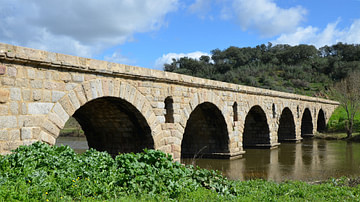
Definition
Roman Engineering
The Romans are known for their remarkable engineering feats, be they roads, bridges, tunnels, or their impressive aqueducts. Their constructions, many of them still standing, are a testament to their superior engineering skills and ingenuity...
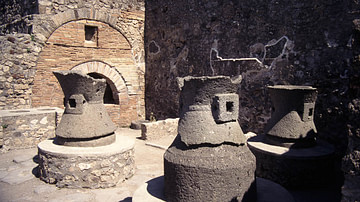
Article
Roman Mills
The Romans constructed mills for use in agriculture, mining and construction. Around the 3rd century BCE, the first mills were used to grind grain. Later developments and breakthroughs in milling technology expanded their use to crushing...
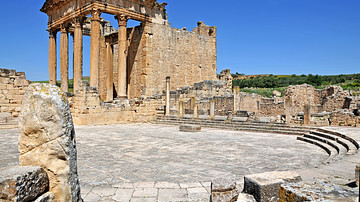
Definition
Roman Architecture
Roman architecture continued the legacy left by Greek architects and the established architectural orders, especially the Corinthian. The Romans were also innovators and they combined new construction techniques and materials with creative...
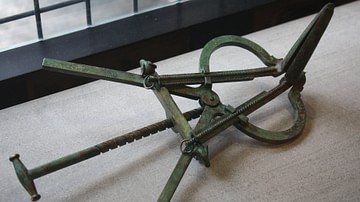
Definition
Roman Science
The Romans assimilated earlier Greek science for their own purposes, evaluating and then accepting or rejecting that which was most useful, much as they did in other fields such as warfare, art, and theatre. This assimilation of Greek thought...

Lesson
Ancient Rome's Legacy
This pack includes a 5-minute podcast describing Rome's major legacies and a 3-2-1 worksheet to start a constructed classroom discussion. The transcript and answer keys are all included.A one-page discussion sheet has been included too. You...
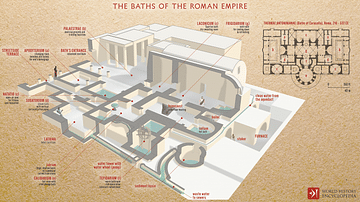
Definition
Roman Baths
Roman baths were designed for bathing and relaxing and were a common feature of cities throughout the Roman empire. Baths included a wide diversity of rooms with different temperatures, as well as swimming pools and places to read, relax...

Article
Roman Artillery
Roman artillery weapons were instrumental in the successes of the Roman army over centuries and were especially used in siege warfare, both for offence and defence. Principally used in fixed positions or onboard ships, these machines, known...
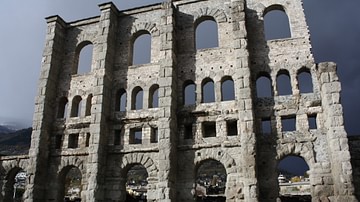
Lesson Pack
Roman Innovations and Architecture
We have prepared two lesson plans including classroom activities, assignments, homework, and keys as well as: Glossary of keywords and concepts in an excel format Open questions adaptable for debates, presentations, and essays Recommended...

Lesson Pack
Daily Life in Ancient Rome
You will find here five lesson plans including classroom activities, assignments, homework, and keys as well as: Multiple choice quiz questions in an excel format Glossary of keywords and concepts in an excel format Open questions...
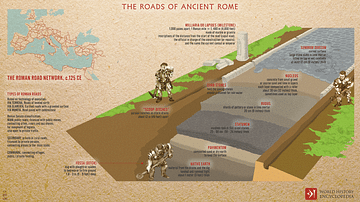
Article
Roman Roads
The Romans built roads over ancient routes and created a huge number of new ones. Engineers were audacious in their plans to join one point to another in as direct a line as possible whatever the difficulties in geography and costs. Consequently...